Shan pineapples poised for China market entry
Pineapples produced from Shan State are mainly distributed to the domestic market, and they are aimed at heading for the Chinese market.
Pineapples are commonly grown in Shan and Mon states, especially in southern Shan State (Hsihseng, Namsang, Mongkaing), covering about 6,000 acres and northern Shan State (Hsipaw, Tangyan, Lashio), with about 7,000 acres. Myanmar’s pineapple production is estimated at 30,000-40,000 tonnes per year. The abundant harvest season is from July to September.
Pineapples of Hsipaw and Chinese Taipei origins are cultivated in the country. Cultivation cost is K4 million per acre. They can be harvested after one and a half years of cultivation, for the next five to seven years.
Traders even went down to the farm to buy the pineapples in early July, which is the beginning of the season. They are supplied to Mandalay and Yangon markets.
A company, a coordination mechanism for the growers from northern Shan State, is endeavouring to export pineapples to China through border trade channels. That company has already sought registration with the Customs of the People’s Republic of China (GACC) in 2024.
The Agriculture Department’s Plant Protection Division notified companies to submit an Expression of Interest (EOI) and seek registration with the Customs of the People’s Republic of China (GACC) by 28 February 2025 for legitimate pineapple exportation.
According to the Sanitary and Phytosanitary (SPS) Protocol between Myanmar and China, inspection procedures are undertaken yearly to verify compliance with the standards.
The General Administration of Customs of the People’s Republic of China (GACC) announced on 11 November that Myanmar’s pineapple will be allowed to be imported to China, following the Phytosanitary regulation.
Myanmar’s pineapple is cultivated in northern and southern Shan State. The harvest season is in June-September. Earlier, Myanmar’s pineapple export to China was conducted via a green channel under a cross-border trade plan. Yet, China halted this trade route on 16 June 2019, affecting Myanmar’s pineapple industry adversely.
Myanmar’s exporters explored new markets in Thailand, Singapore and other countries. However, the market share is quite low. A series of negotiations between Myanmar and China in the past years reaped a fruitful result, and Myanmar’s pineapple is now allowed to be exported to China via sea trade.
According to GACC’s notification, the Ministry of Agriculture, Livestock and Irrigation needs to forward the list of pineapple farms and processing factories to the Chinese side to seek approval from the GACC. The approved list will be disclosed on its website.
Myanmar’s growers are required to strictly adhere to good agricultural practices and implement quality management, a tracking system for food security and integrated pest management measures.
Packing fresh fruits includes washing fresh fruits with high-pressure spray and checking and removing debris to be free from insects, snails, invasive grass seeds, soil, crop residue, weeds and dirt.
Infestation of the spiralling whitefly (Aleurodicus dispersus), grey pineapple mealybug (Dysmicoccus neobrevipes), Passionvine mealybug (Planococcus minor), Jack Beardsley mealybug (Pseudococcus jackbeardsleyi) and the fungal plant pathogen Fusarium sacchari are considered devastating pests.
Therefore, Myanmar’s relevant authorities are asked to check samples of not less than two per cent of export volume within the first two years of pineapple trade. Inspection of food samples will be reduced to one per cent if pests cannot be detected in two years. — NN/KK
GNLM

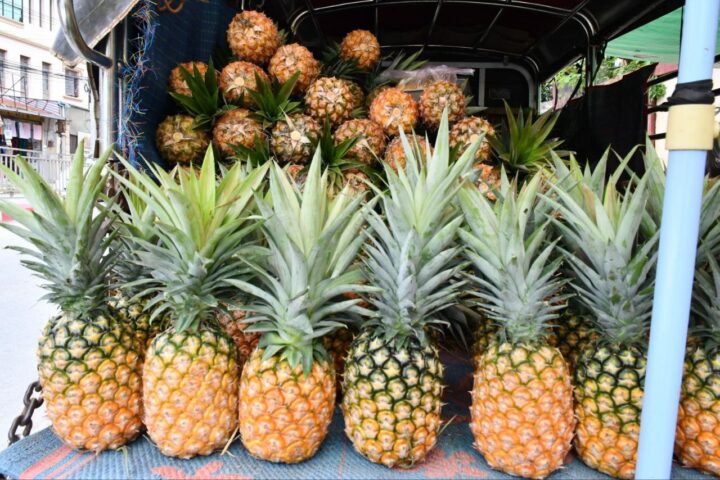
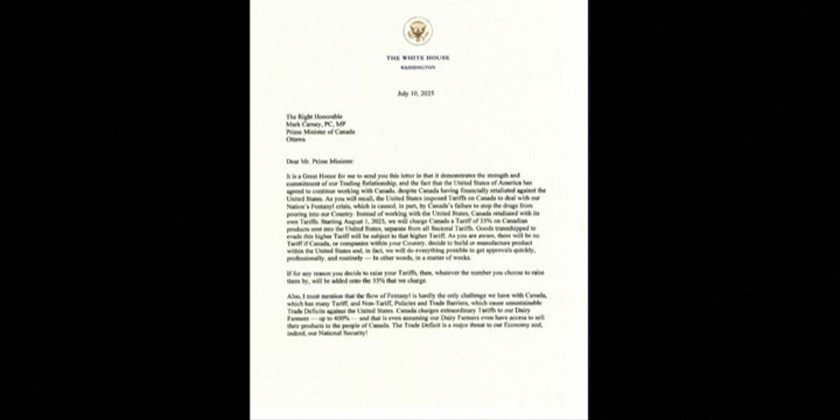 ,
, 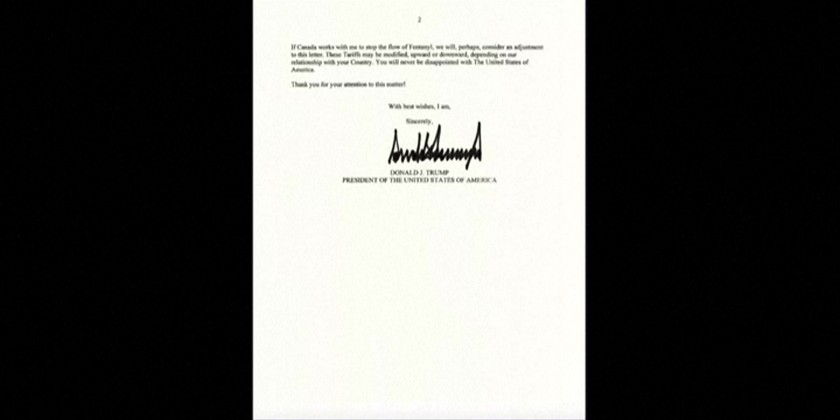

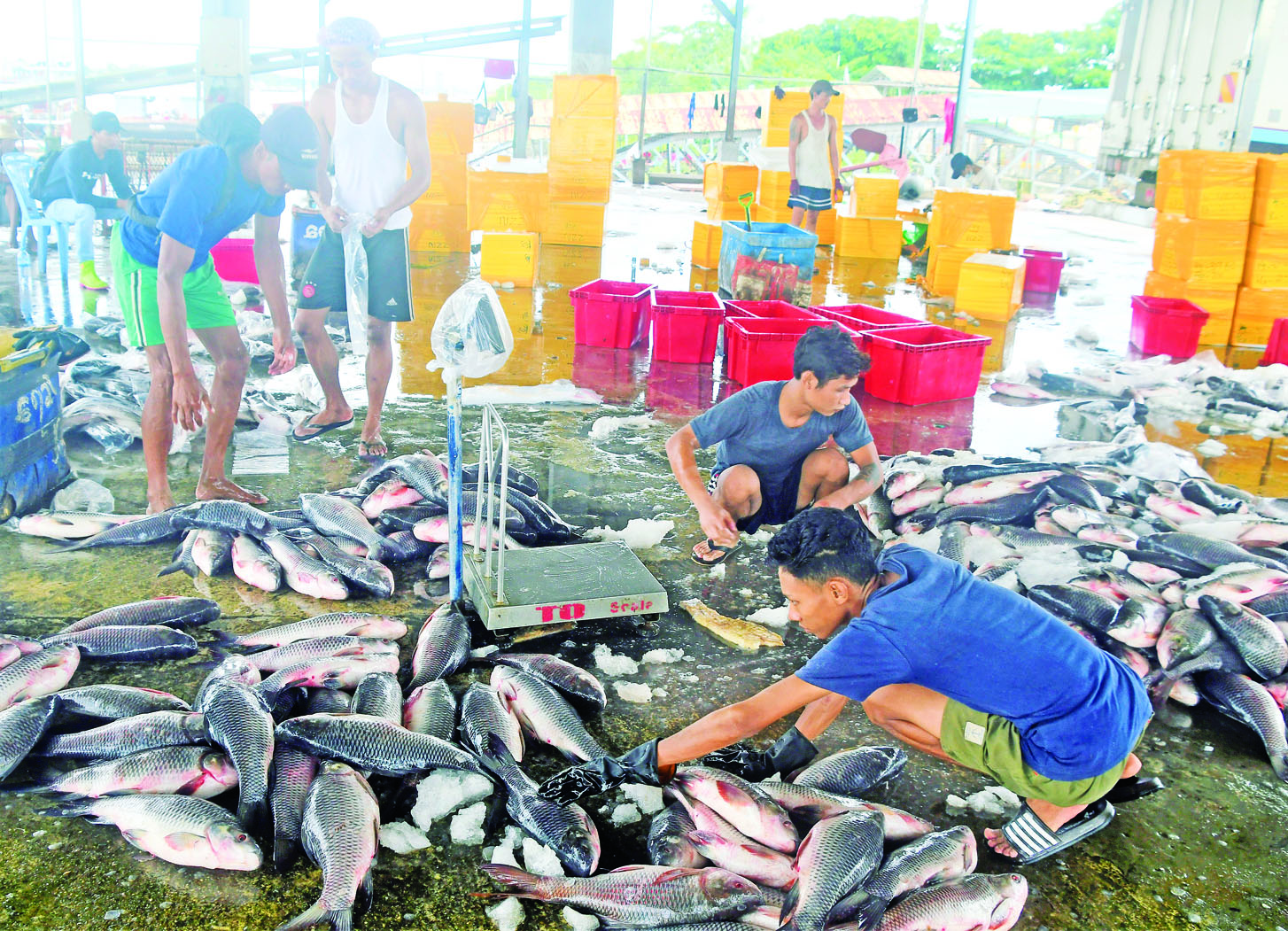
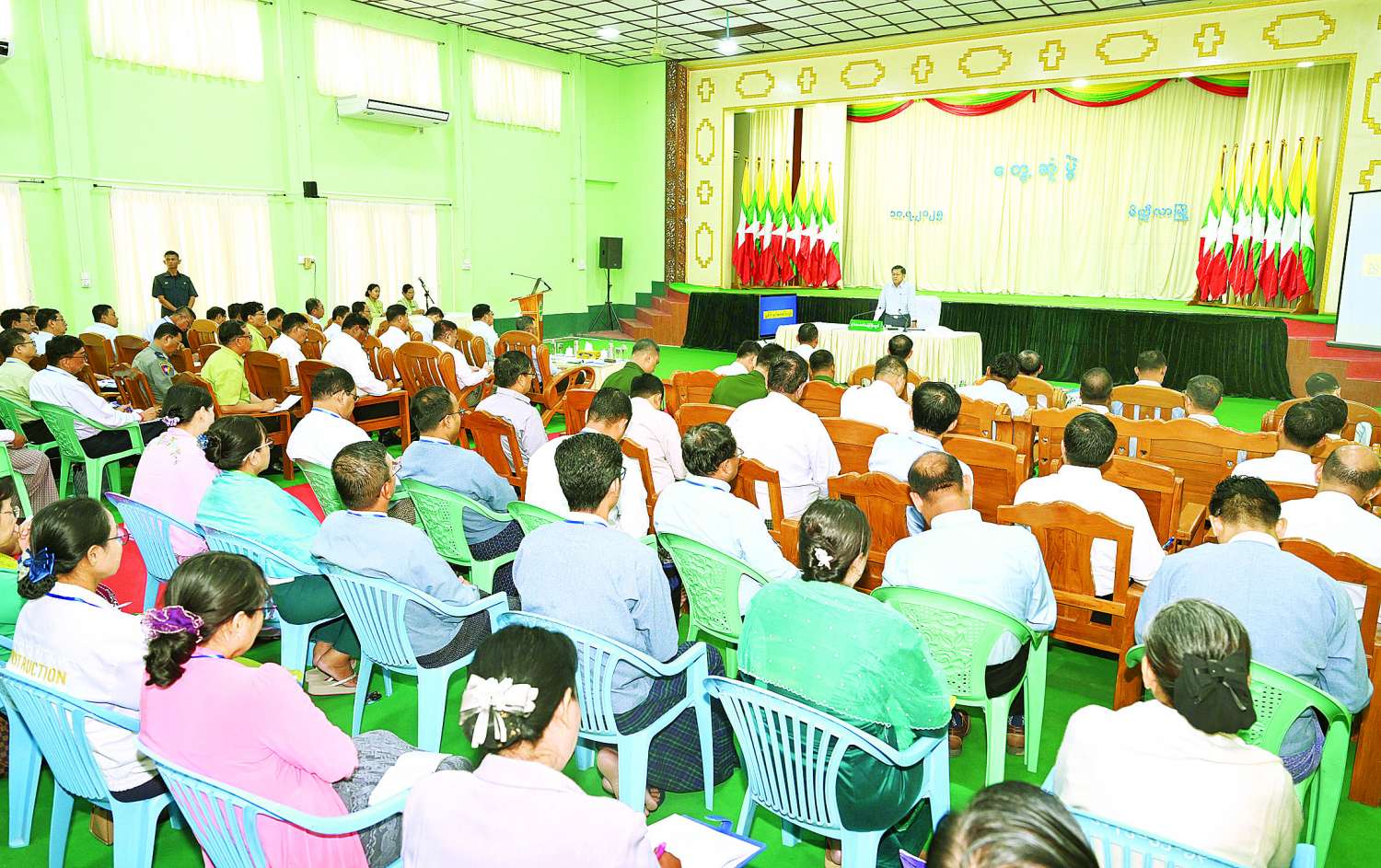
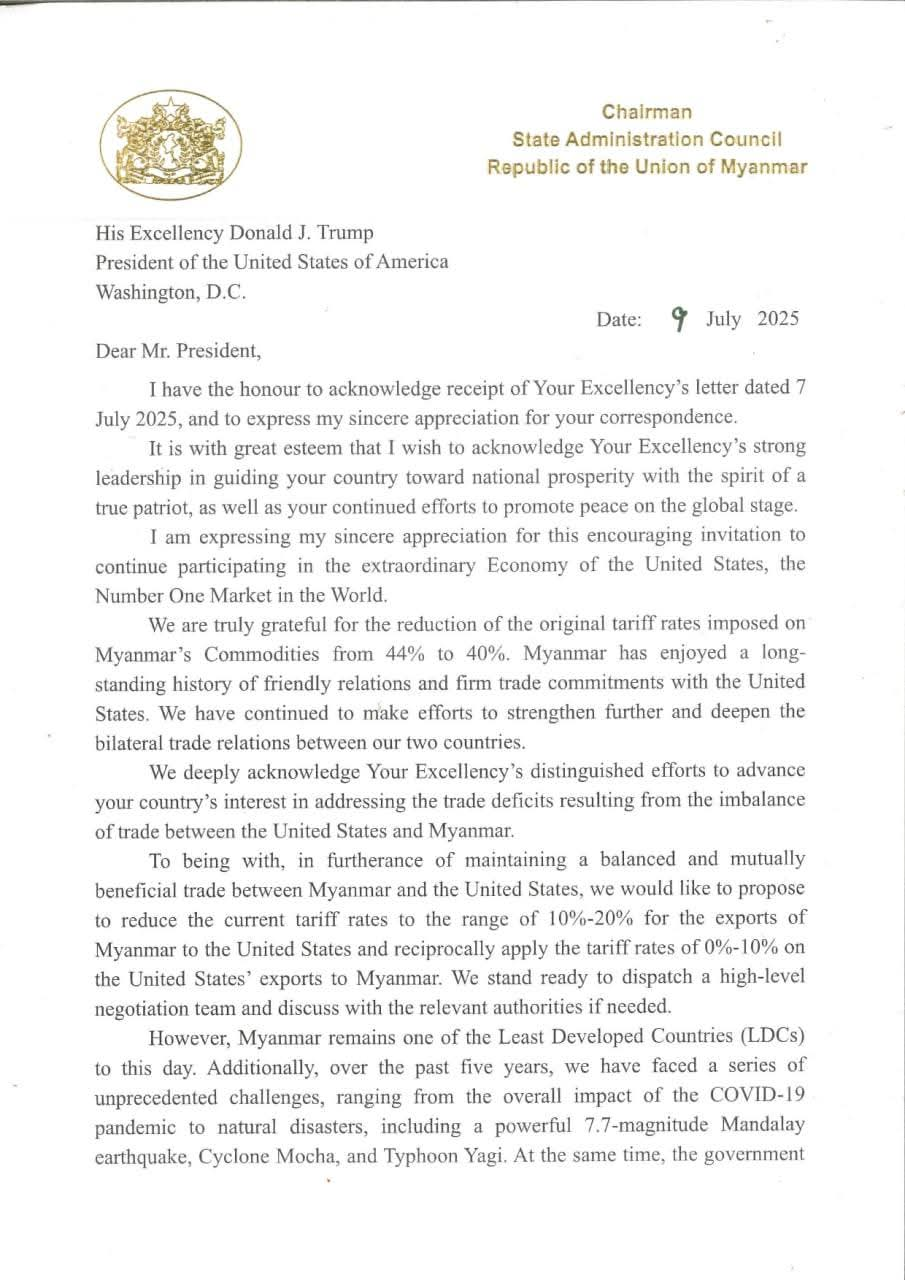 ,
, 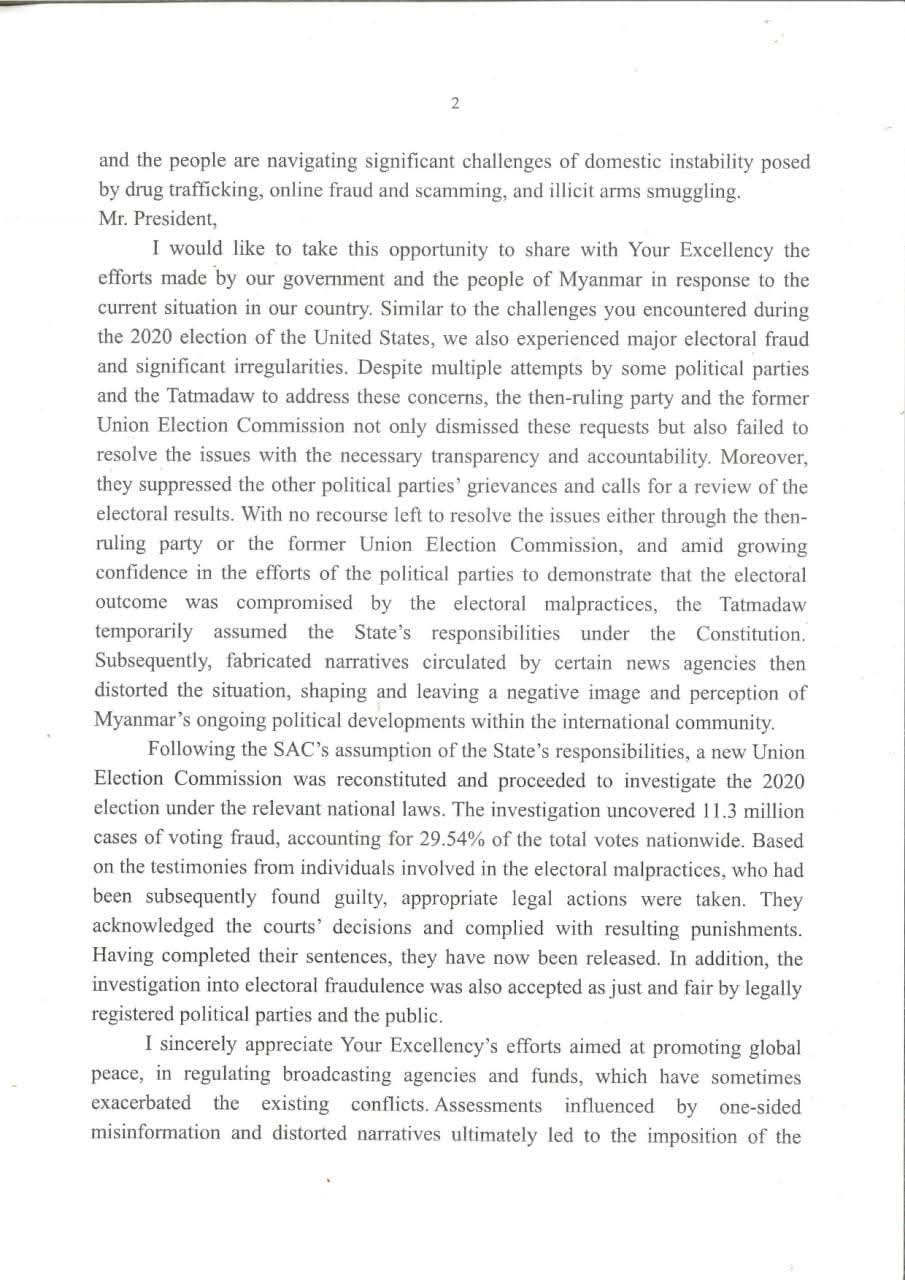 ,
, 